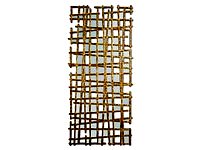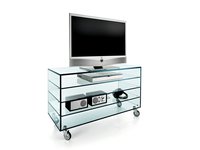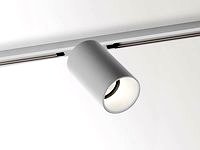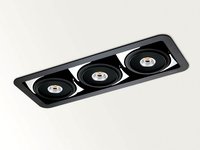seven
16
17
10 reasons for choosing home automation
10 reasons for choosing home automation
Tax deduction and exploitation of incentives.
Possibility of benefitting tax deduction’s schemes (e.g.
Stability Law 2016, Art. 1 paragraph 88) linked to the
equipment of the home automation system.
The word Savings already justifies every action.... but do we
want to quantify? With a boiler combined with an intelligent
thermostat, the average saving reaches 30% without any
compromise on comfort, guaranteed by the perfect integration
of weather station, smart thermostatic valves, sensors on
openings and presence detectors. Exploitation or limitation of
sunlight.
Detection of presence and movement to activate lighting and
air conditioning only where and when really needed.
The home automation system is the ideal infrastructure
for transmitting and displaying consumption data from
smart meters inside the building. Only thanks to the timely
and frequent monitoring and visibility of energy and water
consumption on home automation displays or Apps for
smartphones does the user become aware of their behaviour
and can change them virtuously.
Home and building automation offers an effective tool for
achieving environmental sustainability strategies and building
certification (according to LEED - Leadership in Energy and
Environmental Design).
Thermregulation for individual rooms or zones and hourly
programming to reduce energy consumption, guaranteeing
the high level of comfort of modern buildings. Each degree of
reduction in temperature corresponds to a saving of about 6%
in energy.
Exploiting the solar contribution or limiting it through
coordinated and automated management of shading.
By dimming the light sources it is possible to reduce energy
consumption and adapt the intensity of the lighting to the
various situations and needs.
Home automation technology contributes significantly to the
achievement of the European Union’s objectives on “near zero
energy” buildings (nZEB according to Directive 2010/31/EU
and L.D. 4 June 2013, n. 63).
Smart homes and buildings are designed for future connection
to a smart grid and, more generally, to be an active part of
a smart city. The automatic management of the building’s
energy demand will make it possible to implement the
concept of “demand response”, for example by shifting some
consumption in response to the current electricity price.
Resource savings through increased energy efficiency and the
exploitation of free supplies from renewable sources.







